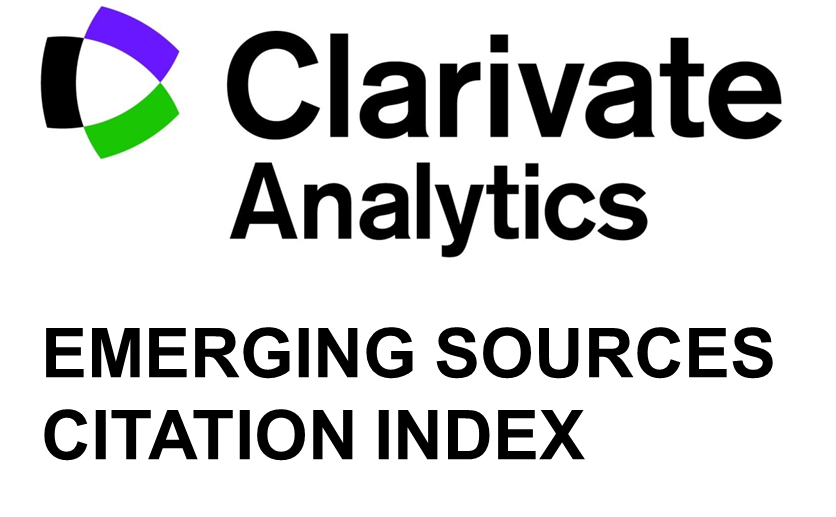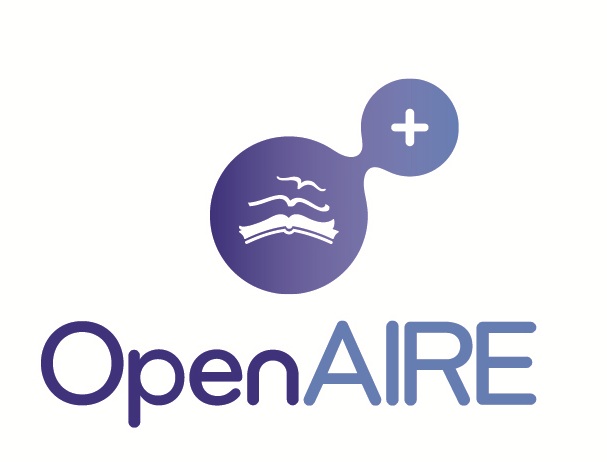Reduction in Difficulties of Phytomass Combustion by Co-Combustion of Wood Biomass
Michal Holubcik, Jozef Jandacka, Jozef Micieta
DOI: 10.15598/aeee.v14i1.1386
Abstract
Nowadays, the most used biofuel in Slovak republic is log wood. Alternatively, there are also biofuels based on vegetal biomass (phytomass) like wheat straw or grass. The advantage of these biofuels is lower cost price because they are usually considered as waste product. The major disadvantage of these vegetal biofuels is their problematic combustion. It is mainly due to the low ash melting temperature because of chemical composition of ash from phytomass. The low ash melting temperature causes slagging and sintering, which reduce the efficiency of the combustion process. This disadvantage causes very difficult and problematic combustion of phytomass. The article deals the way of trouble reduction during combustion of pellets made from phytomass (specific hay) through the wood pellet co-combustion in a standard automatic boiler for combustion of wood pellets. During the experiments, the mixing ratio of hay pellets and wood pellets is varied and subsequently, there is determined its impact on the combustion process, namely on heat output of the boiler, and there is also evaluated the effect of the mixing ratio on the production of carbon monoxide (CO), nitrogen oxides (NOx), sulphur dioxide (SO2), organic hydrocarbons (OGC) and particulate matters (PM10, PM2.5).






















